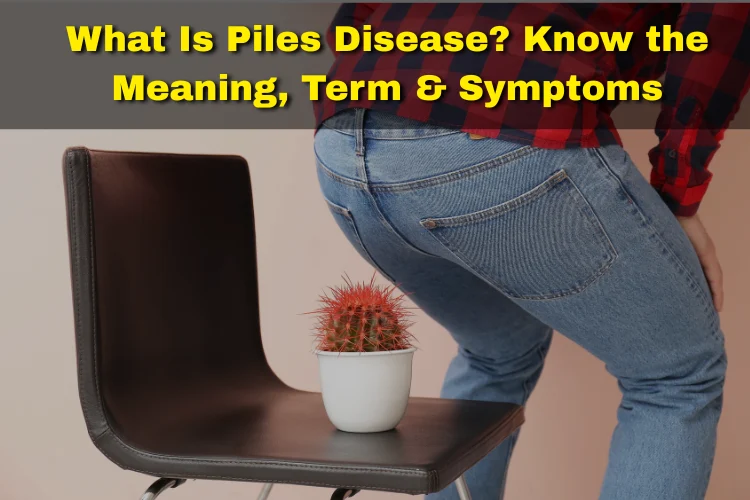Ever heard someone mention piles and wondered, “What is piles disease exactly?” You’re not alone. It’s a condition many people have heard of but don’t fully understand — often due to confusion, misinformation, or social stigma.
In this guide, we’ll break it down in simple terms. You’ll learn what is piles disease, what it’s called medically, how it compares with hemorrhoids, and why you shouldn’t panic if you’re experiencing symptoms.
What Is Piles Disease?
Piles disease refers to swollen veins in the lower rectum or anus. These are similar to varicose veins, but located in a sensitive area. When these veins swell due to pressure, they can lead to discomfort, bleeding, or irritation — especially during bowel movements.
Piles can be:
- Internal – inside the rectum
- External – under the skin around the anus
Most cases are mild, and many people may not even realize they have them.
What is piles disease often comes up in searches by people trying to understand their symptoms. The condition is most common in people aged 30 to 60, but can affect younger individuals too, especially those with poor bowel habits or sedentary lifestyles.
Piles Meaning: What’s the Medical Term?
If you’re searching for the meaning of piles, it helps to know the medical terminology.
The medical term for piles is “hemorrhoids.”
So if your doctor mentions hemorrhoids in a diagnosis, they’re referring to the same condition you know as piles.
To clarify:
- “Piles” = Everyday/lifestyle term
- “Hemorrhoids” = Medical term used by doctors
Understanding this makes it easier to read prescriptions or research treatments.
Piles vs Hemorrhoids: Any Difference?
There’s no difference. Piles and hemorrhoids are the same condition.
The confusion simply comes from how people refer to them in different settings. In everyday conversations, we say piles. In a medical context — like with doctors or on prescriptions — you’ll likely hear hemorrhoids.
So if you’re trying to compare piles vs hemorrhoids, you’re essentially looking at two names for the same issue.
Is It Normal to Have Piles?
Yes, it’s very normal — and more common than you might think.
Many people have mild piles without any symptoms. In fact, piles disease only becomes noticeable when it causes:
- Pain during bowel movements
- Itching or discomfort around the anus
- Bleeding
- Swelling or a small lump
Don’t feel embarrassed — it’s a manageable condition that affects millions worldwide. The key is early recognition and care.
Who Can Get Piles Disease?
Wondering who’s most at risk for piles? While anyone can get it, certain groups are more likely to develop symptoms:
- People with chronic constipation
- Pregnant women
- Older adults
- Office workers or those who sit for long periods
These factors increase pressure in the rectal area, making piles more likely to form.
What Should You Do Next?
If you’re asking yourself, “What is piles disease and do I have it?” — don’t worry. The good news is that it’s highly treatable. Lifestyle changes, medications, and in some cases, medical procedures can help resolve the condition.
Read our follow-up blog on “Causes and Symptoms of Piles” to understand the root of the problem.
And if you’re concerned, speak to the experts at GutCare Clinics for advice and treatment options.
FAQs
1. Are piles and hemorrhoids the same?
Yes, they are. “Piles” is the non-medical term, and “hemorrhoids” is the medical term for the same condition.
2. Is piles disease serious?
Not typically. Most are minor and can be managed with home treatment or medications. But if left untreated, severe piles might be painful and cause problems.
3. Can young people get piles?
Yes. Although more frequent in elderly people, piles are also found in young individuals with poor diet, chronic constipation, or sedentary lifestyle.




